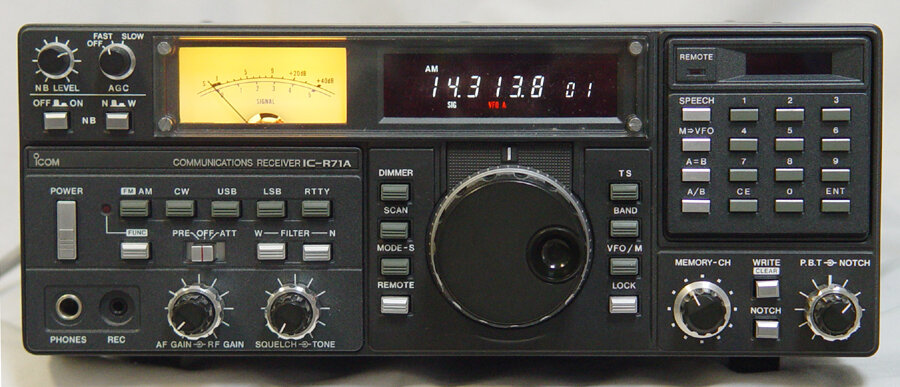Live, off-air, approximately 20-minute recording of the program "Warmongers' Monthly" transmitted as part of the daily evening show "Tonight" in the North American Service of Radio Moscow on 8 September 1987 around 01:20 UTC on 7400 kHz. The broadcast originated from one of the many Radio Moscow transmission sites in the Soviet Union or was relayed by a site in eastern Europe or Cuba. Radio Moscow never released detailed information on its frequencies and transmitter sites.
"Warmongers' Monthly" was a satirical program targeting (mostly) U.S. policies during the final years of the Cold War. It was hosted by Vasily Strelnikov. He was sometimes accompanied, as in this recording, by Dmitri Linnik. This particular episode on nuclear proliferation was called "A Study in Red" -- a parody of Arthur Conan Doyles' "A Study in Scarlet." Amongst others, famous Radio Moscow personality Joe Adamov also took part in the episode. A brief station identification follows the program and then the transmitter abruptly switches off.
Note that Radio Moscow became the Voice of Russia in 1993, subsequent to the dissolution of the Soviet Union in late 1991.
The time given for the recording might be the midpoint of the program rather than the start of it as the transmitter left the air shortly after the end of the program, which typically happened on the hour or half hour.
Reception of the broadcast was very good.
The broadcast was received in Hanwell, New Brunswick, Canada, using a Sony ICF-7600D receiver and supplied wire antenna draped around the listening room.




















